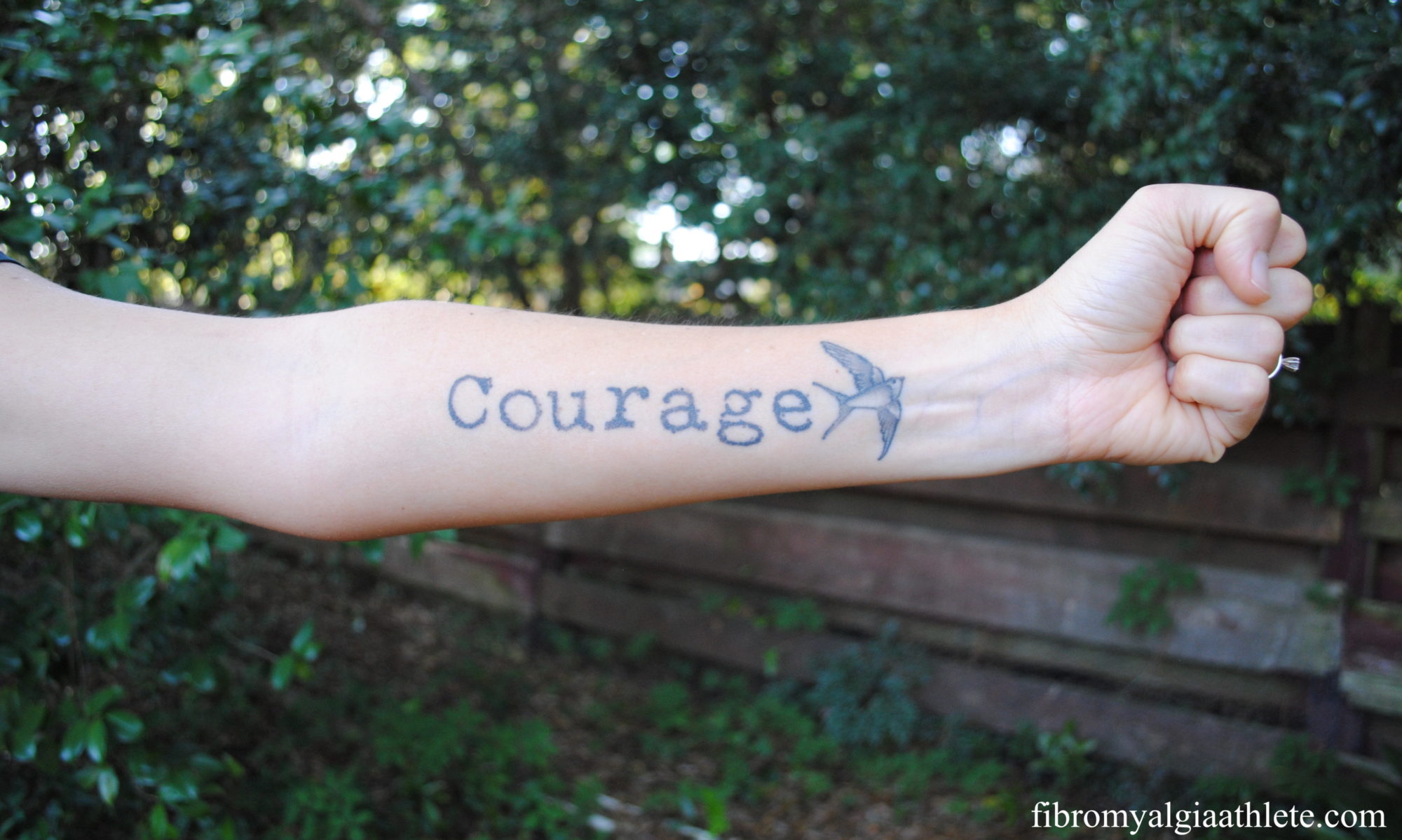
I’m able to squat again! That probably sounds like a weird thing to celebrate, but I’m absolutely ecstatic. The recovery from my back pain/sacroiliac joint dysfunction has been long and complicated. I still believe that exercise with an emphasis on functional movement is the closest thing to a cure. I stick to my core workout like a religion. That said, it’s a tough road and sometimes I’m exhausted from the dedication it takes to heal myself. My three major holdouts in the battle against back pain have been sleeping, sitting, and squatting.
Sleeping is a night-by-night ordeal. Sometimes I can get comfortable and sleep 3 or 4 hours without even changing positions. Other times I spend almost all night turning, getting up to stretch, stacking and re-stacking pillows under my legs, and generally feeling like shit. Overall, my sleep situation is vastly improved, but if my SI joints are misaligned and put pressure on a nerve or two, I have a miserable night.
Sitting, too, is much improved, although I still can’t tolerate a soft surface like a couch or recliner. I do a lot of computer work while sitting on a wooden piano bench and am grateful I can sit half an hour on my butt. There was a time, not that long ago, when half a minute was torture.
Squatting is a bigger deal than I first realized. For starters, picking anything up with good body mechanics almost always requires squatting, especially if something heavy needs lifting. Petting small dogs requires squatting. Tying shoes requires squatting. You get the idea. I’ve made several adaptations, including training my puppy to get on a chair so I can pet her without squatting (no kidding!), but of course I want to be able to squat. My fitness has somewhat plateaued due to the lack of squatting, since lots of major weightlifting and core exercises require a squat.
A few days ago, after trying some new kneeling exercises to open my hips, I decided to advance to a wide-stance squat. I needed to lift a piece of landscaping concrete and didn’t want to ask for help. Living with chronic pain means frequently asking for help, and I hate asking people to do things for me. I took a deep breath and separated my feet well beyond the width of my hips, then squatted slowly. I waited for the usual searing pain to shoot through my right SI and into my right buttock, but all I felt was a slight twinge. I held the squat for a few seconds and got tears in my eyes. That may sound crazy, but anyone who’s had a physical limitation will understand. When that limitation is lifted—even if only partially—it feels like a personal miracle.
I’m very, very careful with my newfound squatting ability. As much as I’d like to do air squats until I drop (seriously, that’s my idea of fun), I’m only doing ten per day until I’m sure my back can handle more. I’m also resisting the urge to add weight to my squats. Just being able to squat is a huge accomplishment and I don’t want to take it for granted and end up hurt worse than ever.
I don’t keep a gratitude journal, although I probably should. If I did, one of the first things on my list this week would be “ability to squat.” Sometimes the simple things really are the best.
